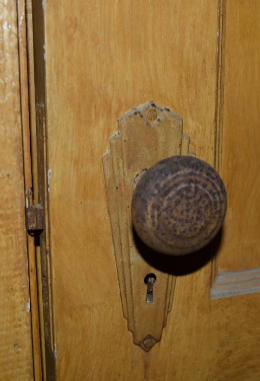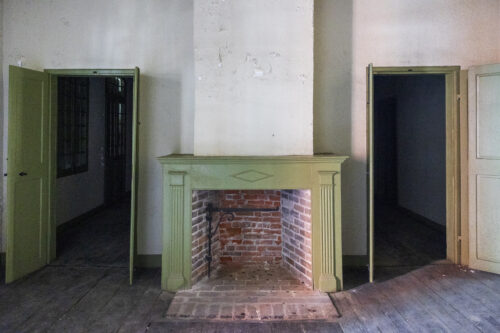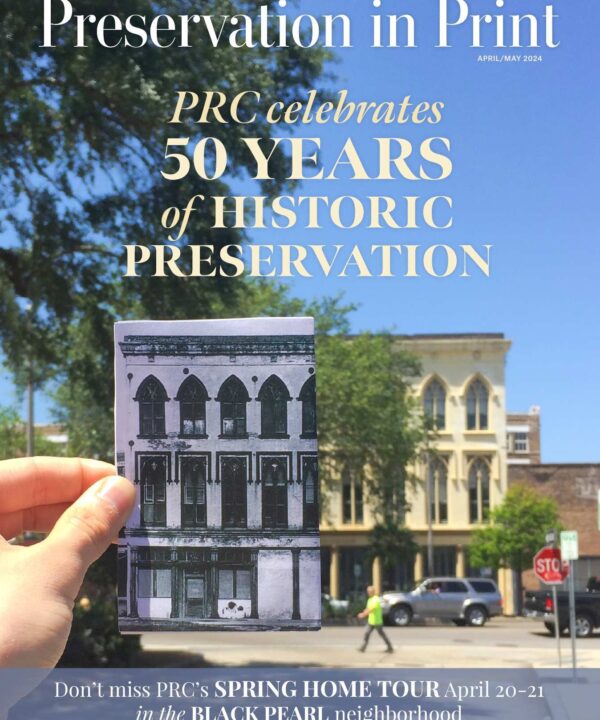A long-vacant hotel on Grand Isle which has hung on for nearly a century is among the newest additions to the National Register of Historic Places.
Officials with the state Office of Cultural Development’s Division of Historic Preservation said they received word about the listing on July 25.
Restore Grand Isle, a nonprofit, has said it plans to restore the two-story building as a visitors’ center, museum and community space.
The nomination was prepared by Allyson Hinz, a recent graduate student in Tulane School of Architecture and Built Environment’s Historic Preservation program, who wrote that the hotel serves as an example of Louisiana Coastal Vernacular architecture that has become rare on the barrier island.
“Commissioned by lifelong (Grand Isle) resident John Ludwig, the hotel stands as one of the few remaining examples of its architectural style, largely due to the frequency of tropical storms in the region and retains its historic integrity despite alterations,” Hinz wrote in the nomination.

The 30-room Oleander Hotel opened in April 1929 before there was even a road that led to Grand Isle. (Anyone who wanted to access the island at that time took a ferry.)
“It is rumored that during conversations in the 1920s, Gov. Huey P. Long told Ludwig, ‘If you build a hotel, I will build a road,'” Joseph Augustin, one of the current owners, told Hinz during her research into the building’s past. “Whether apocryphal or not, Ludwig followed through with construction, and just two years after the hotel’s completion, Louisiana Highway 1 was extended all the way to Grand Isle, marking the beginning of a new era for the island and the Oleander Hotel alike.”
The Oleander is the sole survivor of several hotel and resort buildings of that era that once dotted the island. “Its significance lies not only in its architectural form and style, but also in its function, as it represents the last historic hotel on Grand Isle,” HInz’s nomination reads.
The hotel once had a large gallery and porch on its gulf-facing facade with windows on all sides to catch sea breezes for ventilation. While the gallery and porch are gone, much of the building’s historic fabric remains intact, if hidden in some instances.

“Missing ceiling tiles, likely from a late 20th century renovation, expose what is believed to be the original ceiling material — a light wood beadboard ceiling,” Hinz wrote. “The bathrooms in many guest rooms retain their original fixtures, including toilets, wall-mounted sinks and bathtubs.”
The nomination packet also notes that the Oleander “retains many of its original materials, including wood siding, original windows with wooden frames, and salvaged wood used in various parts of the building.”
“The Oleander Hotel serves as a unique and preserved snapshot of its time, specific to Louisiana Gulf Coast architecture. It illustrates both the challenges posed by natural forces and the community’s adaptive responses, highlighting the evolution of coastal vernacular practices on Grand Isle,” Hinz wrote.
It remains unclear when the hotel went out of business, but all indications are that it was sometime in the 1990s.
TJ Augustine, a partial owner, spoke in favor of the National Register nomination during the state’s National Register Review Committee meeting in April. Restore Grand Isle, a nonprofit, is raising money to buy and renovate the building with an estimated cost of $2 million to complete that work.
Listing in the National Register has several benefits in Louisiana, including opening opportunities for financial assistance in the form of tax credits, certain protections from federally funded projects, and national prestige.







